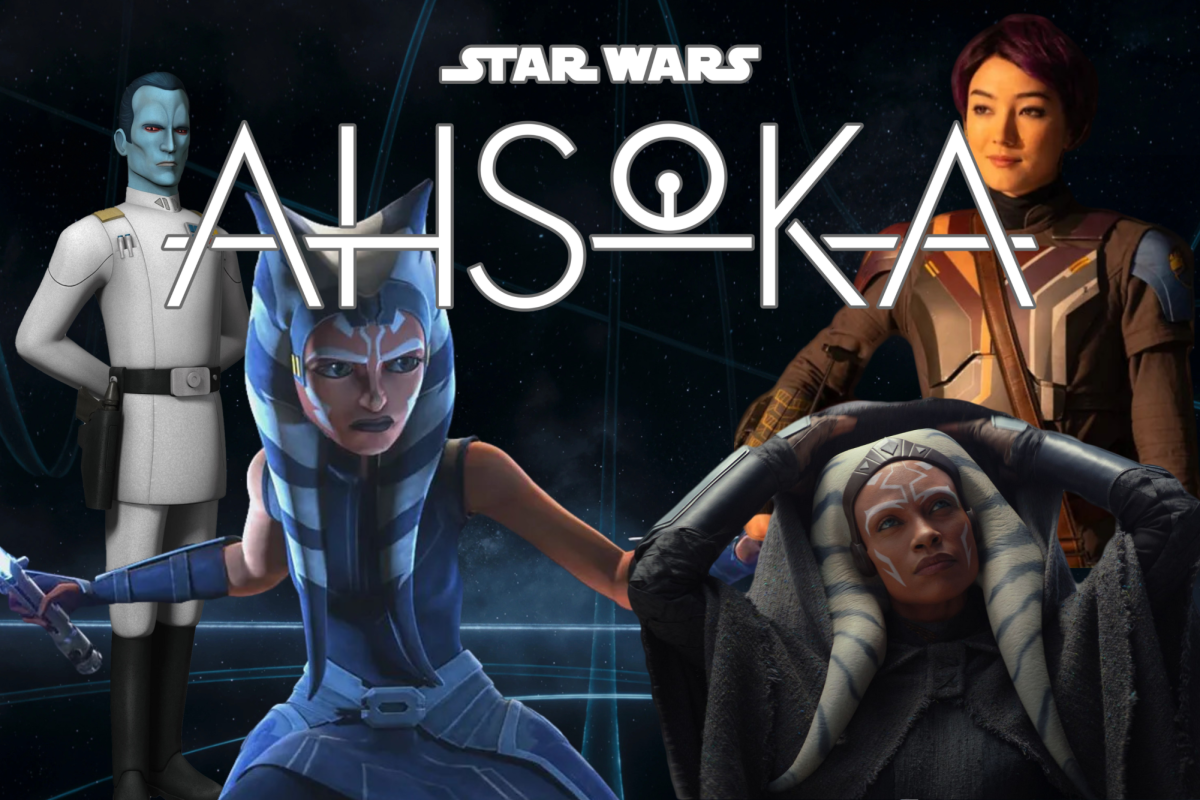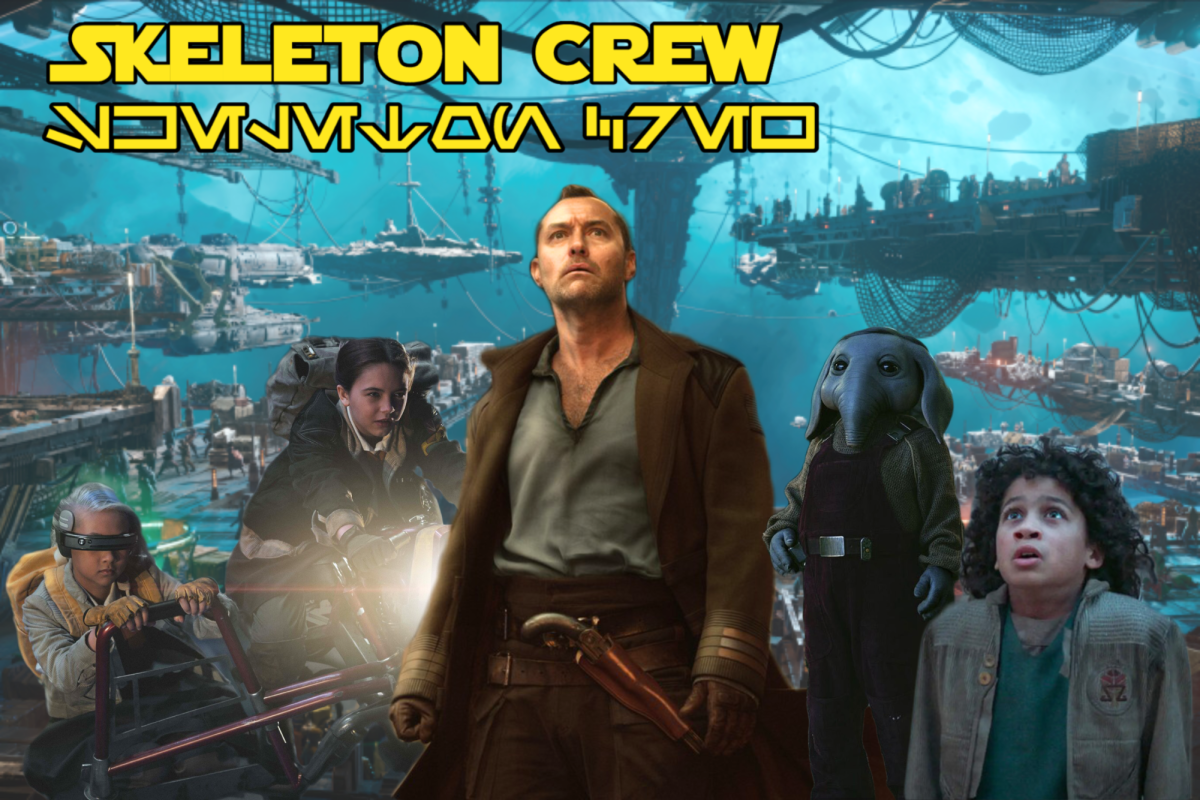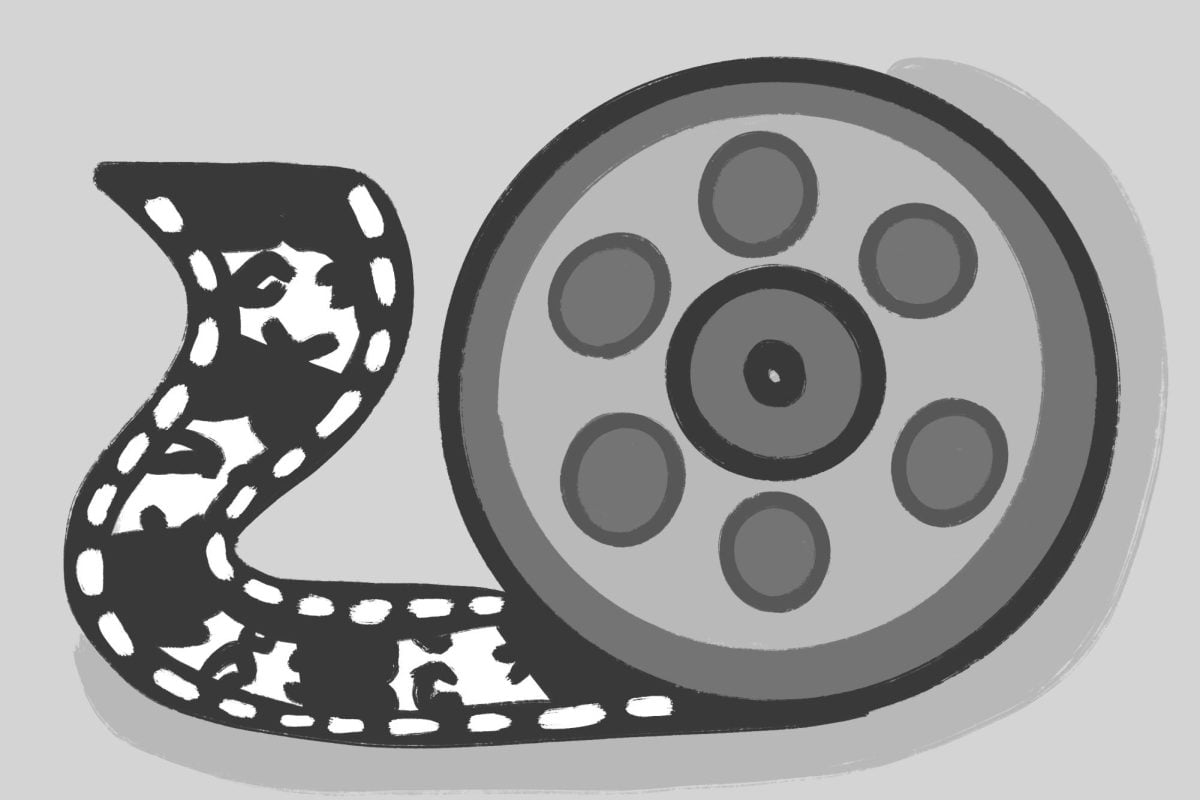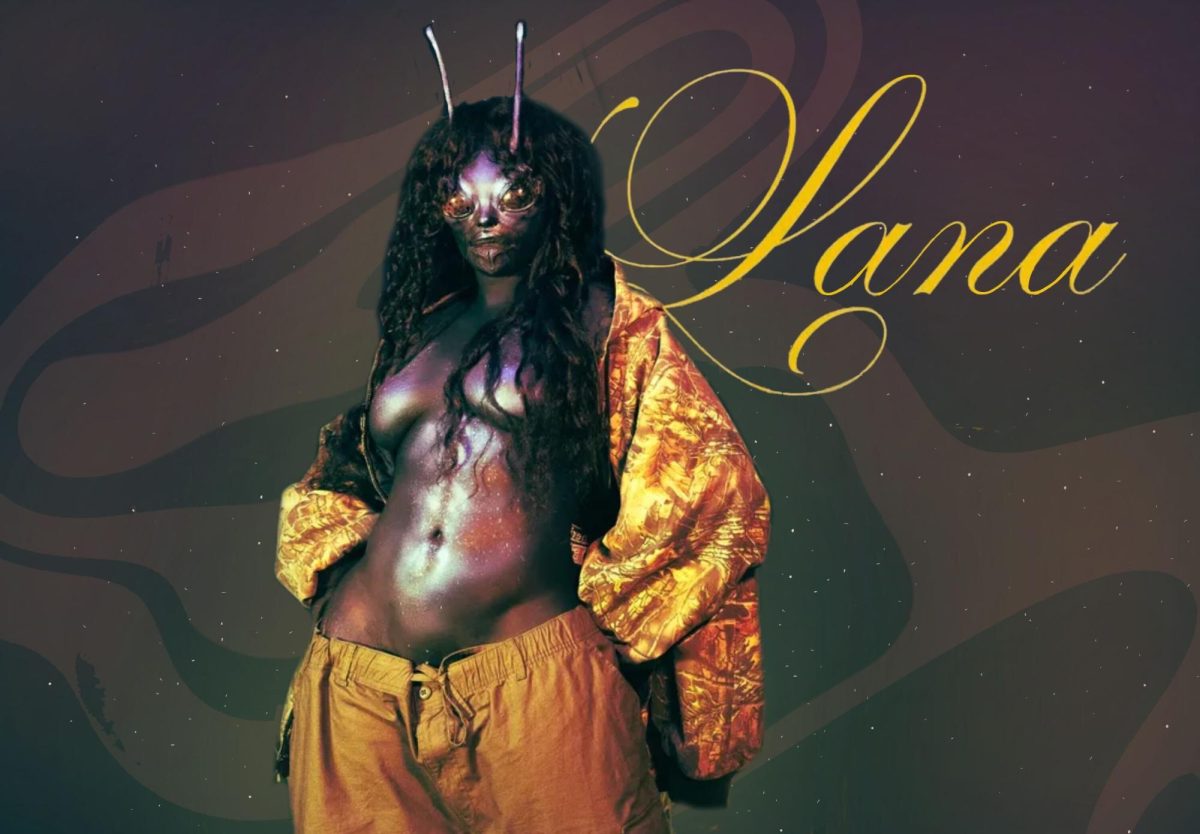The story of Ahsoka Tano (Rosario Dawson) is one of the most fascinating in the Star Wars universe. Starting out as a naive Padawan in the “Star Wars: The Clone Wars” movie, her character arc is on full display throughout the Clone Wars television series, “Star Wars Rebels” and “Star Wars: Tales of the Jedi.”
Ahsoka previously was only in animated Star Wars media, which caused her to be relatively unknown to most casual Star Wars fans. So, the stakes were incredibly high for the new live-action “Ahsoka” series starring the titular character.
Disappointingly, showrunner Dave Filoni relies on the audience to have seen “The Clone Wars” while establishing the motivations and backstory of the characters. The series caters to more invested fans than the general audience that “Star Wars” usually attracts. I cannot recommend this show to anyone who has not seen the other shows. They have no reason to care about most of the characters.
This is not an entirely bad strategy, though. Relying upon previous work makes the returning characters feel all the more authentic. The jump from animation to live-action is challenging to pull off, but for the most part, the returning characters all transitioned well. Respecting these beloved characters was the most important thing the series had to do. In that sense, “Ahsoka” nailed it.
Given its popularity, the show excels in most of the areas it needed to. Visuals, music, choreography and acting are all strong across the board. Simply put, the fundamentals of the show are rock solid.
The choice to bring this story to live-action also affects the pacing of the series. While the animated Star Wars series are usually around 20 episodes, “Ahsoka” had eight total. As a result, the pacing feels quick –– but not overwhelming. “Ahsoka” tries to stick to the format of all live-action Star Wars shows, and I can’t help but think it would have made more sense to make the show animated.
While I can look past the issues that come with making the show live-action, the way Filoni wrote the villains for this series is unforgivable. The only villain that is passable is Grand Admiral Thrawn (Lars Mikkelsen) because his character is iconic. All other villains are given practically no personality or motivation. Baylan Skoll (Ray Stevenson) always speaks about how he is doing the bad things the audience sees on screen in pursuit of a greater goal, but there is almost no explanation for what that goal is. I didn’t find myself in his character arc.
Perhaps even worse is his apprentice Shin Hati (Ivanna Sakhno) who barely speaks in the series and seems to exist only to be ordered around by Baylan in a flashy fight scene. I even had to search up Shin’s name after finishing the series because of how forgettable of a character she was.
Morgan Elsbeth (Diana Lee Inosanto) does not break this trend, and is arguably the worst offender. Much like Baylan, her motivations are extremely clouded. To make matters worse, Filoni made her part of the witch coven of the Nightsisters, which messes with Star Wars lore. Merrin from “Star Wars Jedi: Fallen Order” was the only Nightsister to survive their massacre by General Grievous in the “Clone Wars.”
These shortcomings in the antagonists are rather unexpected and disappointing, considering Filoni has written some of the best villains in the entire franchise, like Darth Maul in “The Clone Wars.”
At the end of the day, “Ahsoka” is not a bad show. In fact, it’s quite good overall. The fundamentals of the show are great and beloved characters were successfully brought to live-action. Still, it’s hard to recommend a show that is so heavily reliant upon previous knowledge and bears some of the worst antagonists in the Star Wars franchise.
Email: dannyogrady2026@u.northwestern.edu
Twitter: @DannyMOGrady04
Related Stories:
— Reel Thoughts: ‘The Mandalorian’ season three has too many detours and not enough destination
— Reel Thoughts: ‘The Bad Batch’ season 2 stumbles at first, but recovers for a memorable finish
— Reel Thoughts: ‘Andor’ is a fantastic expansion to the galaxy far, far away






